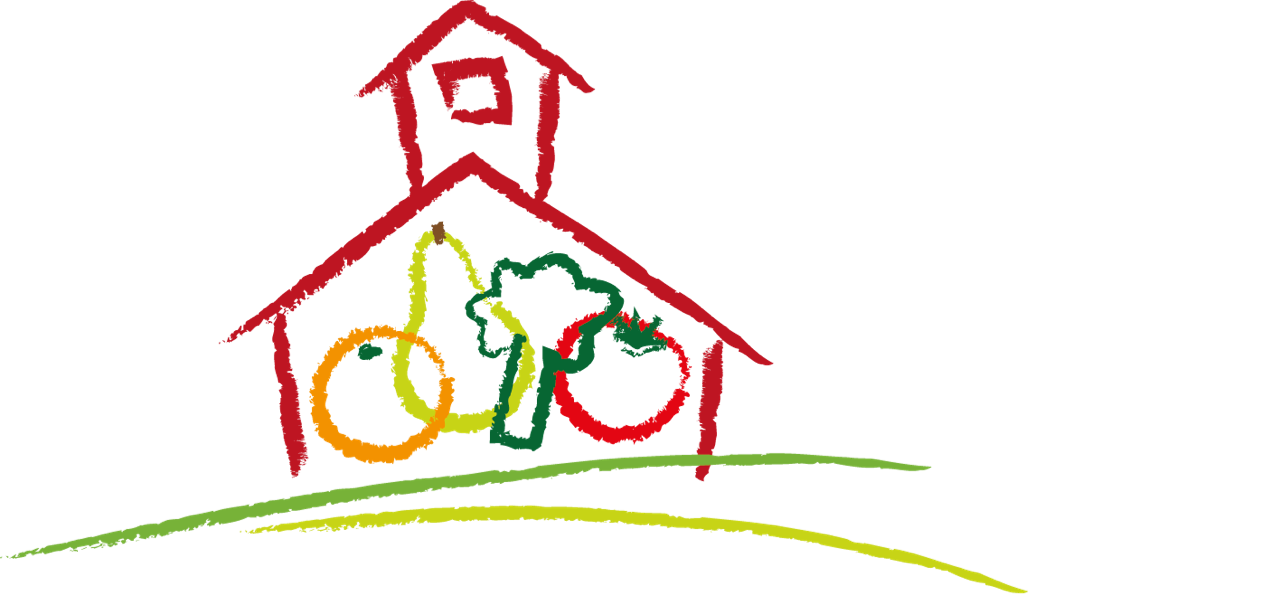Bristol, Vermont’s Abundant Salad Bar Program

From School Gardens to Slice-and-Dice Competitions: Addison Northeast Food Service Cooperative (ANFSC)
- Number of kids enrolled at ANFSC: 1,600
- Number of schools in district: 6
- Percentage who are free and reduced: 40%
- Number of local farms worked with in a given year: 10
- Kids’ favorite local produce: Berries, apples, carrots, peppers
Walking away from the salad bar with lunch trays packed with vibrant veggies, students in Bristol, Vermont are exclaiming “I love those beet things!” or “I love that kale stuff,” all thanks to Kathy Alexander.
Kathy Alexander, Food Service Director of the Addison Northeast Food Service Cooperative (ANFSC), has seven salad bars in her school district—one in every cafeteria. The salad bars, which consists exclusively of fresh fruits and vegetables, have transformed the way her schools serve kids. Students head to the salad bar first, and they are simply overjoyed with the range of options and the fact that they’re allowed to make their own choices.
Unlike traditional cafeteria food lines where students are offered one meal, kids can decide for themselves if they want blueberries or kale today. It’s a freedom that has proven to be empowering as well as nourishing! Alexander firmly believes that letting kids experience new foods without pressure is important. She’s made it an exploratory activity tied to math, science, or other academic subjects.
Alexander worked in school food service for 10 years before arriving at ANFSC 5 years ago. She was a main editor of the game-changing collaborative cookbook, New School Cuisine Cookbook: Nutritious and Seasonal Recipes for School Cooks by School Cooks, and many of the ANFSC menus are from Alexander’s cookbook.
Keeping Up Appearances
Creative, appealing approaches to serving produce are as important to Alexander as is the quality of the food itself. In a staff meeting this year, she hosted a fruit and vegetable slice-and-dice competition amongst her staff. Their challenge: how many different ways can you cut a bell pepper? A carrot?
Alexander explains, “You can’t just put whole apples and oranges out [on the salad bar] and declare ‘Kids don’t take fruits and vegetables!’ Creativity and product placement are just as important as freshness.”
Keeping the salad crisp and sustainable can be a balancing act. To preserve freshness in her menus, Alexander makes sure to freeze seasonal fruits and vegetables, like local strawberries, blueberries, and squash.
Education alongside Implementation
ANFSC integrates nutrition programs into the curriculum based on what is happening in the schools. In each of the six schools in the district, there is one staff member who is focused entirely on nutrition education; that person teaches the students about better eating habits and oversees health initiatives. Before long, the district will also have a web page devoted to the salad bar to promote its benefits and to broadcast results.
Alexander works alongside ten different local farms, though she mainly sources from four: Lewis Creek Farm, Norris Berry Farm, Last Resort Farm, and Lalumiere Farm. Last year, the food service program set a goal of 15% local procurement…and they reached it!
During the early fall months, between 30% and 50% of produce is local, from both school gardens and area farms. A seasonal favorite is the Tuscan Kale Salad: light lemon vinaigrette, breadcrumbs, and kale…delicious. (Hint: shred the kale to make it more appealing and palatable.)
The students notice when the produce is local. The unique brightness of the fresh vegetables catches their eyes. Parsnip chips and kale chips are both hugely popular. “They notice the difference that this is a fresh carrot,” Alexander explains. “It’s not a baby carrot, and it hasn’t been around for 200 years.”
School Gardens
Every ANFSC school has a fruit and vegetable garden, and each school’s curriculum includes agriculture in some way. Students are actively connected to their regional food shed, whether it’s through the school garden or a field trip to a farm just down the road.
At a local legislative meeting, where preserving farm-to-school funding was on the agenda, Alexander brought a seventh grade boy who had graduated from a local elementary school’s farm-to-school curriculum. “So, I just want to know what difference it has made in your life?” inquired the legislator to the boy. The student spoke enthusiastically about his views, “Now I think twice about my food. I think about where it came from. I think about who grew it. And I think about eating it so I don’t waste it.”
Alexander expounds on that sentiment, “We don’t necessarily want them to love kale and think it is the best thing in the world, because not everyone will think that. But we want them to think twice.”
Interested in reading more helpful articles from us? Sign up for our newsletter
